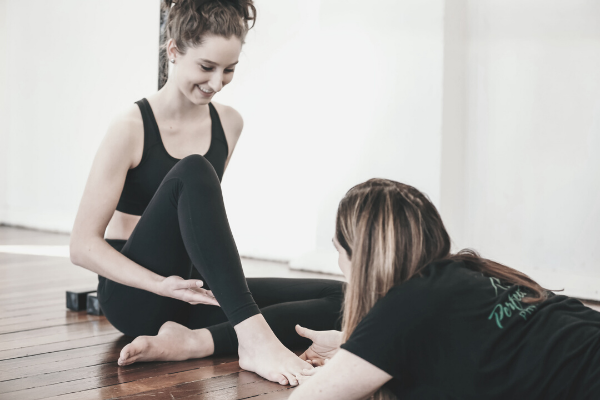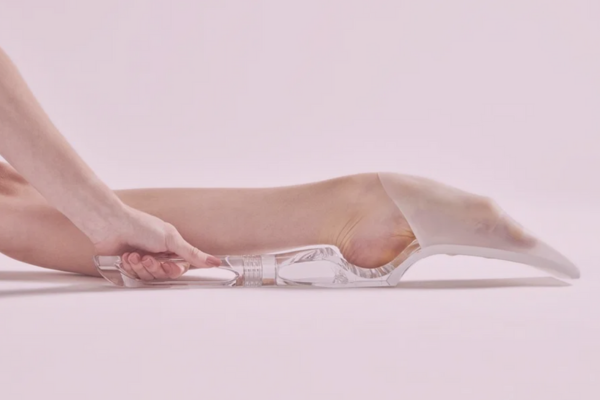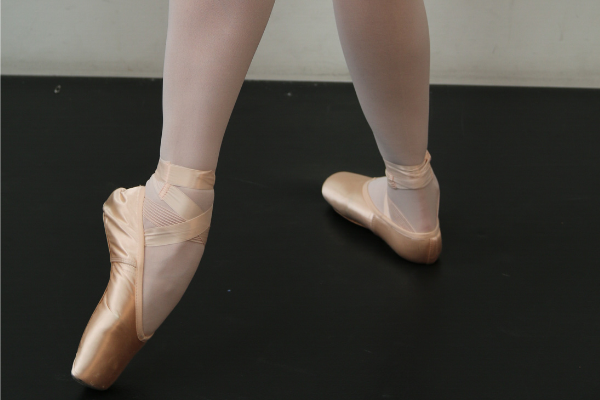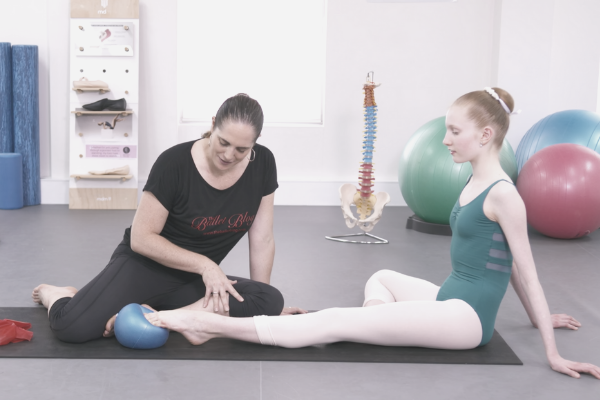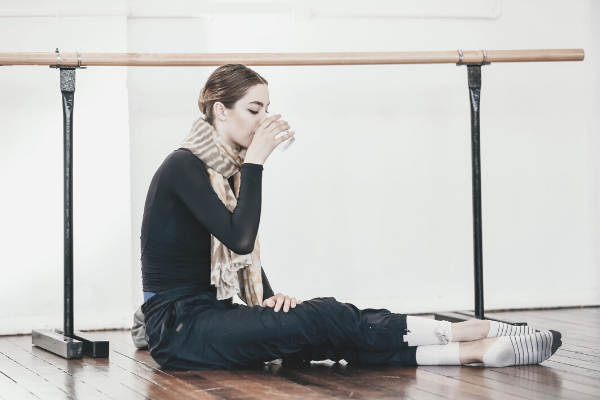- Free Articles
- Shop
- Workshops
- The Dance Educator Series
- Upcoming Workshops
- Workshop FAQ’s
- Host Application Form
- Student Workshop Application Form
- Dance Teacher & Health Professional Directory
- Workshop Testimonials
- Members Areas
- Cart
- My Account
Floor Barre Set Up
Floor barre is a fantastic way of maintaining core, hip, and foot control whilst not bearing weight down though your feet. It is often more challenging than a normal barre and an effective way of improving your technique whilst you are not allowed to do normal classwork. While doing floor barre you can quickly work out where your weaknesses or any discrepancies in strength or range from side to side are.
Floor barre can be done in the comfort of your own home, at the gym or even better in a normal ballet class where you can follow the structure of the class as it goes.
Just like any dance class, it is important to warm up effectively before starting a floor barre. Make sure your warmup includes spinal mobilisers, hip mobilisers and a foot warmup. it is also important to include some activation exercises for core, turnout, deep inner thighs and intrinsic foot muscles.
Some mobility exercises you may want to include in your warm up are cat stretch, thread the needle, QL stretch, hip flexor mobilisers in sitting and pretzel stretch.
Important activation exercises include knee folds, leg circles, QF in side lying, cushion squeezes, doming and toe swapping.
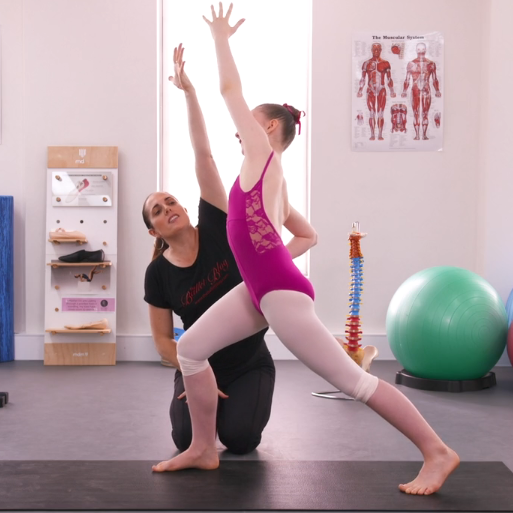
Once you have warmed up and done some basic activation exercises of foot, adductors, core and turnout it is time to begin setting yourself up for floor barre. When starting floor barre is important to set yourself up well to ensure you are using the correct muscles. Take your time with this exercise and take note if you feel or can see any differences on one side compared to the other
- Start by lying flat on your back, place your legs approximately 5-10cm up the wall in parallel. This should allow for the alignment of your legs to replicate a normal standing posture.
- Your spine should be in neutral, meaning you maintain a small curve in your lower back. lengthen through the back of your neck and widen through the front of your chest. Activate your core muscles to maintain this position
- Using your deep turnout muscles slowly turn your feet into 1st position. Check that you are keeping your gluteal muscles relaxed.
- Hold for 5 seconds in 1st position focusing on maintaining your maximum turnout range. Return slowly to parallel.Repeat 10 times.
- Ensure that you don’t try to screw your feet against the wall to increase your turnout as this can cause increased loading through your knees and ankles.
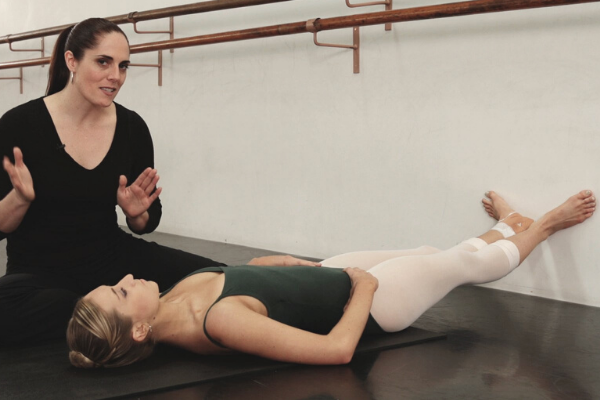
Injury & Foot Resources
If you are looking to delve deeper into this topic, check out the following programs:
- Will I Ever Dance Again: The "Will I Ever Dance Again?" program is perfect if you are unable to train at full capacity, whether this is due to foot injury, surgery, an accident or illness outside of the studio. It helps you build back to full capacity gradually while maintaining strength, flexibility and control in the rest of the body.
- Level One Dance Teacher and Therapist Training: This unique course covers a multitude of assessment and treatment techniques to individualise a dancer's training. With special focuses on Postural Control, Core Stability, Flexibility, Basic Classical technique, The Dancers Hip, Allegro, Spinal Mobility and Arabesques, it is suitable for anyone working closely with dancers.



